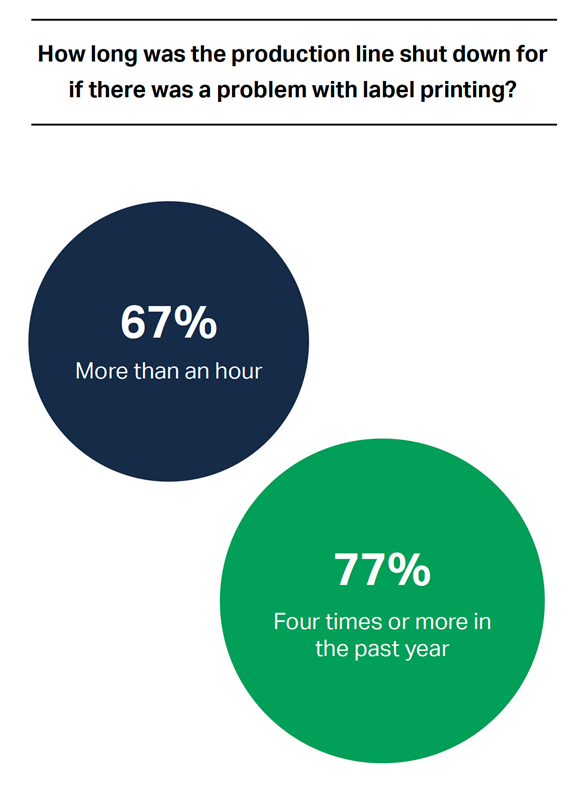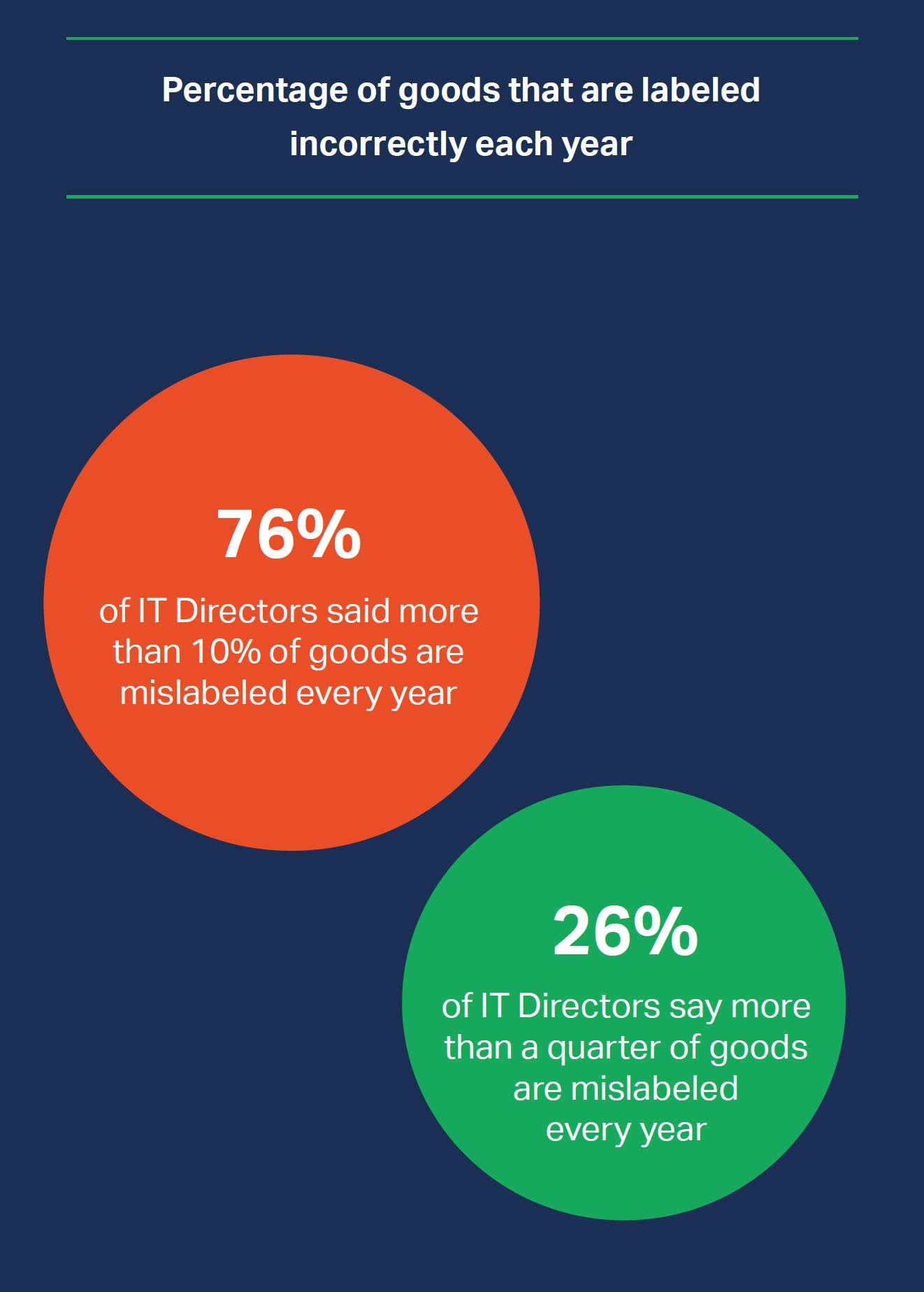P3 5-6/2021 en
Loftware
A Quick Change of Labels Ensures a Company's Success
Package Printing
In the global market, companies have to react quickly to changed customer requirements or new legal requirements. This forces them to make frequent changes to product labeling. The better companies deal with it, the faster they can introduce products and save costs on top of that.
In today's complex manufacturing environment, many companies continue to struggle with isolated labeling systems driven by inefficient manual processes - with no way to access data from ERP and warehouse management systems. This makes it difficult for companies to change product labels quickly without using their IT department - a long and costly process that is neither efficient nor effective.
Author Josh Roffmann, Vice President, Loftware, is responsible for product management.
The negative effects of this development can be seen almost every day in practice. According to a recent study by Loftware1, which included 300 IT directors from manufacturing companies in Germany, France, the UK and the US, more than half of those surveyed said that their company took at least a day or more to change labels. Around three quarters of them registered more than 10 percent of incorrectly labeled goods last year, and almost 26 percent of them registered that for more than a quarter of all products. For two thirds of those surveyed, production was interrupted for more than an hour because of this, which happened four times a year for 77 percent. A production standstill costs German companies an average of 138,000 euros per hour.
It is therefore hardly surprising that for more than a third of the study participants, the greatest challenge when introducing new label designs is avoiding errors that require a product to be relabeled.
Data silos encourage errors and generate costs
Despite this unfavorable situation, many companies have still not switched to a company-wide labeling solution that is integrated into business applications. They continue to use their own applications, deploy them as needed, and rely on unlinked or manually entered data.
With this isolated and inefficient approach, companies risk unnecessary disadvantages, some of which are associated with high costs: They have to support multiple applications, can only implement customer requirements with a delay and may pay fines for non-compliance with legal regulations.
Cloud technology lowers entry barriers
Fortunately, this situation is changing, as many companies are recognizing the advantages of cloud technology: Even if there is still a long way to go, the trend towards the cloud in the entire manufacturing industry cannot be overlooked. Cloud-based labeling is an important part of this ongoing migration. The benefits of this approach include the ability to streamline and scale the labeling process. This saves companies considerable sums of money that they would otherwise have to spend on the IT infrastructure.
Until now, the use of high-performance labeling solutions only made sense for large organizations that had the necessary resources and internal IT skills. However, the barriers to entry are reduced by the cloud technology, so that even smaller companies that do not have sufficient IT skills or the budget required to operate hardware and software can use such solutions.
Perhaps the most important benefit is that the cloud-based digital transformation of labeling gives companies the ability to control labeling processes from any location. Role-based access by people with the appropriate permissions ensures that business users can access labels and carry out quality assurance measures - regardless of whether the labels are required in the warehouse, in the factory or in another facility.
Modern labeling solutions reduce costs and increase flexibility
Indeed, a centralized, modern labeling system can improve the quality and agility of a manufacturing company, reduce costs, and promote greater flexibility in the supply chain across the company. Such a system also provides consistency and accuracy in a global environment. In addition, it simplifies the overview, supports the maintenance of business operations and makes it easier for employees to comply with company standards.
The element of centralized control and management is crucial here. When product labeling is disorganized, simple tasks like changing a shipping label not only become tedious, but can also damage branding and consumer safety.
In addition, data-driven labeling with business logic enables users to change product labels on a large scale. To do this, they use information from their business applications and configure rules that dynamically adapt the label content based on their data. Expanding labeling to include suppliers and partners across the supply chain also ensures that they are using the correct templates and content. Relabeling is therefore no longer necessary. This not only saves companies time and money, but also reduces waste, which makes the entire process more sustainable.
A centralized system provided in the cloud also helps manufacturers avoid errors that can occur when companies maintain multiple labeling solutions without a connecting interface for checking relevant data. All of these problems are costly: some companies report that they spend millions of dollars each year printing corrected labels - not even factoring in the additional costs of labor, storage, and lost productivity.

According to a recent study by Loftware subsidiary NiceLabel, in which 300 IT managers from manufacturing companies in Germany, France, Great Britain and the USA took part, more than two thirds of those surveyed failed to produce for more than an hour due to incorrect labeling. 77 percent recorded such a loss of production more than four times a year.

Around three quarters of the companies involved in the study registered more than 10 percent of incorrectly labeled goods in the past year. And for almost 26 percent, this applies to more than a quarter of all products.
Author: Josh Roffmann, Vice President, Loftware
Editor: sbr
Images: Loftware







